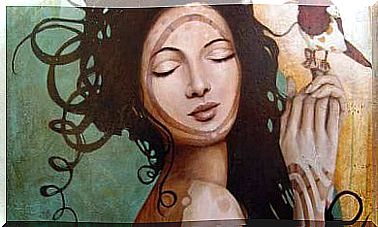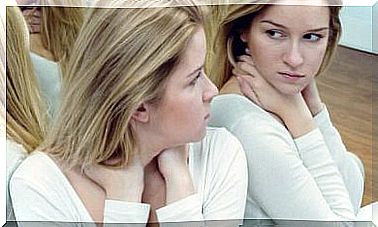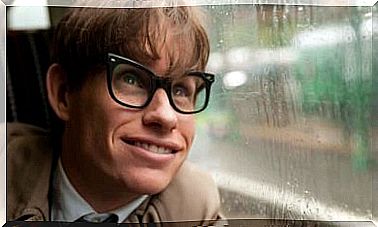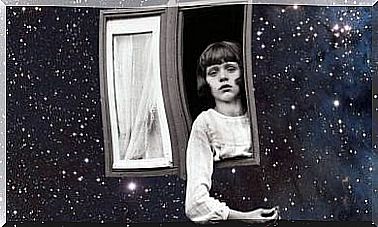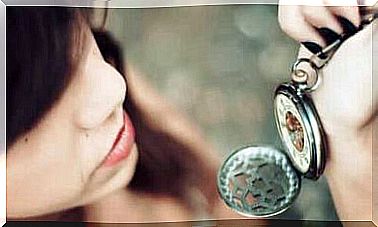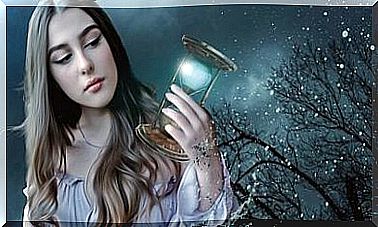Wall Color And Emotional Health
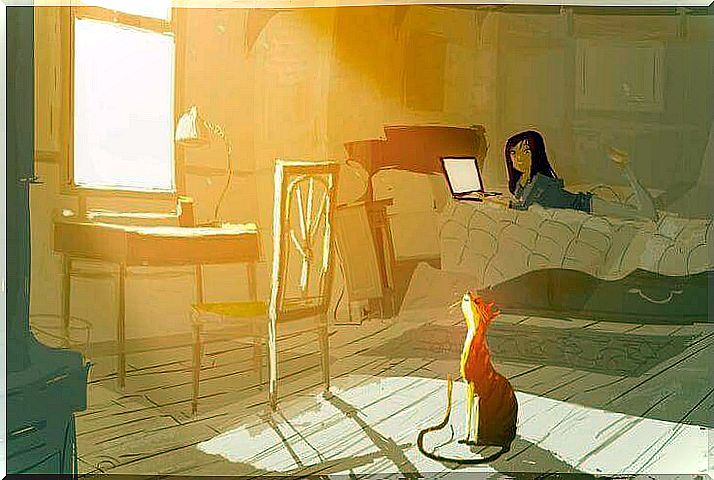
Walls are building blocks, but they also have symbolic value in our lives.
They represent an obstacle in space, and metaphorically, they remind us that there are limits to everything.
If you think about it, you realize that almost all humans spend a good part of their life seeing walls all around them, at home, in the office, in a hotel, or in any building in which they find themselves.
The physical surroundings have an influence on the way in which thinking works and on the way in which emotions are organized. Although it seems unlikely, the walls speak to us too.
The colour
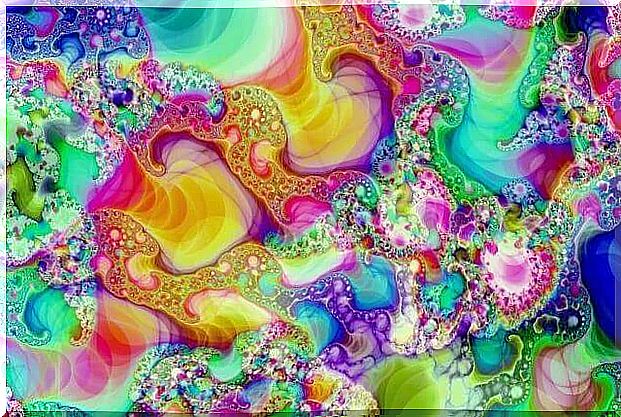
The perception of color is subjective to a great extent. As such, colors do not exist.
They are formed in the brain from the decoding of signals emitted by light on objects. In addition to this, in certain emotional states, colors can be perceived in different ways.
Some forms of depression cause a person to perceive a sort of dark tan in front of everything they see.
Other conditions, such as schizophrenia, cause the color of objects to flicker, glow, or distort.
Color has been verified to have health effects, activating and inhibiting biochemical and hormonal processes.
Walls and the effect of color
The color of the walls is a factor that can help stimulate or stabilize our emotions.
The ideal is to be able to frequently change the color of its walls, but since it is almost impossible, we can use a color that is not homogeneous.
On the four walls of a room, two can be of one color and the other two of another color, or three of the same color and one of another, or each wall of a different color, if it is aesthetic.
Being influenced by several colors at the same time is nice, and can positively influence morale.
Walls are also an interesting alternative, especially if they represent natural scenes like green fields or the sea.
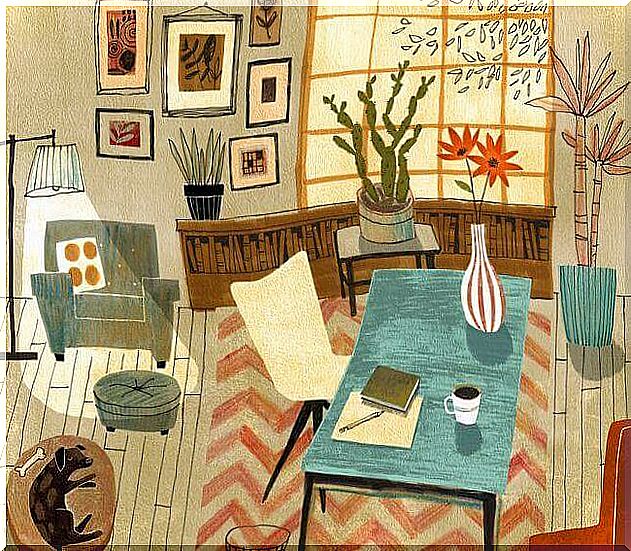
Effects on emotions
Each color has a different effect on emotions. While some stimulate us, others soothe us. Let’s see the effects of each color:
- White. It is a neutral color that brings light and a feeling of amplitude in a room.
It has an effect of tranquility and freshness, which facilitates concentration and which allows the walls to go unnoticed. White is indicated for people who are in a state of high emotional alteration.
- Green. It is a tranquilizing color that brings about the expression of feelings of confidence and well-being.
It is used a lot in hospitals for these effects. It is recommended to reduce anxiety and reduce activity when it is excessive. In small spaces, use a very soft green.
- The blue. This color conveys a feeling of peace and harmony. It is a mental color that helps harmonize relationships in spaces where there is a lot of conflict.
Blue should be used sparingly because to excess it leads to apathy and lack of appetite. It is recommended to go for light blue or a light turquoise.
- Yellow. It is an energetic color that helps overcome fears, fight depression and increase security.
It is especially recommended for people going through periods of mourning or suffering from melancholy.
Yellow encourages action and promotes optimism. All its tones are suitable.
- The red. On walls, red should be used with care. Any excess of this color generates worry and stimulates the appearance of aggressive feelings.
Red is stressful, so it’s best to include it in small decorative elements or on hallway walls, in places where you don’t stay very long.
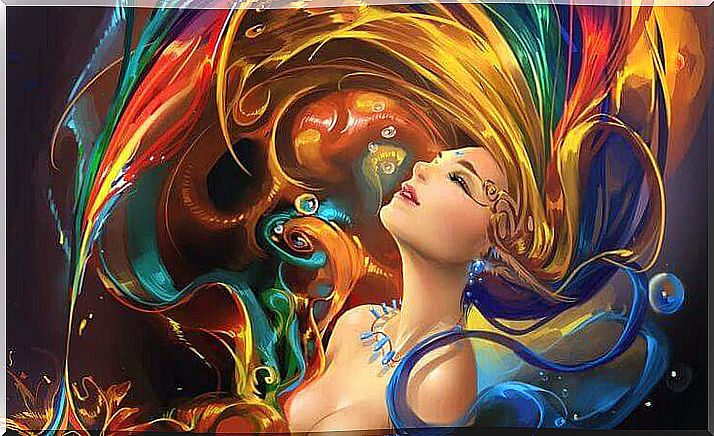
Images by Pascal Campion etc Art Exchange

